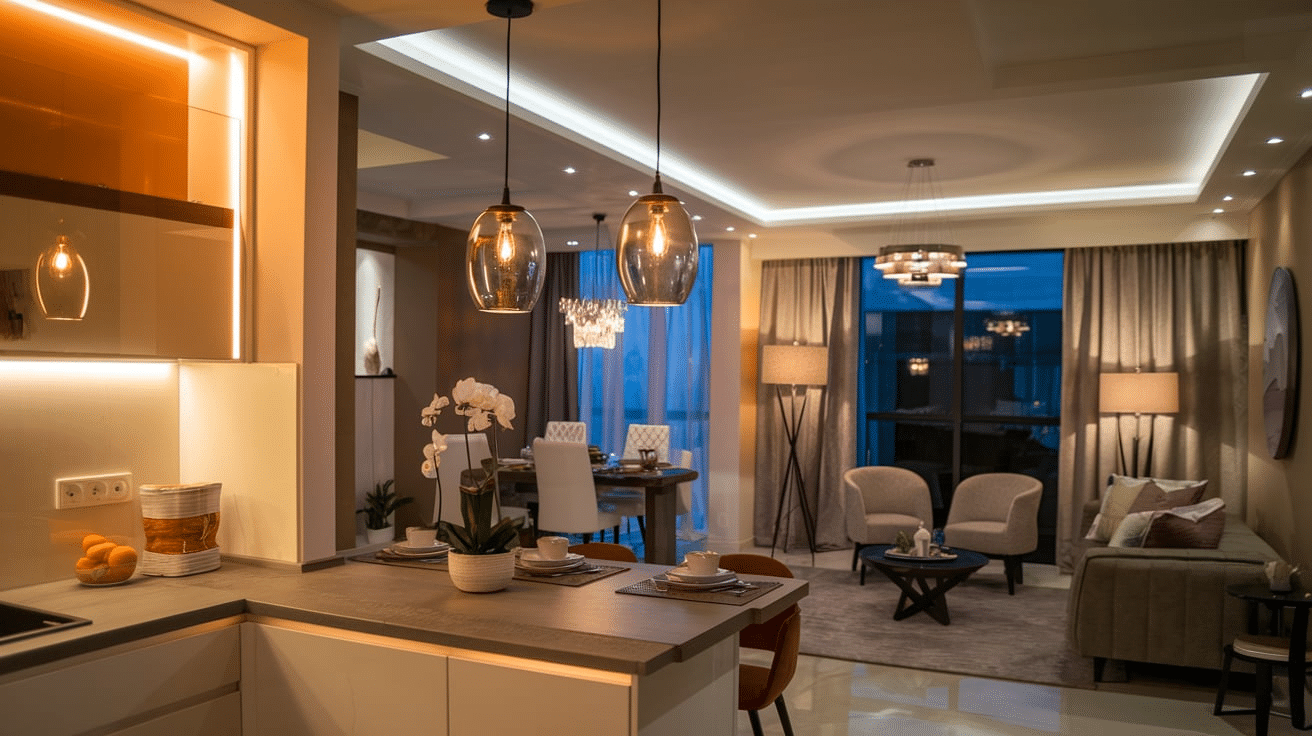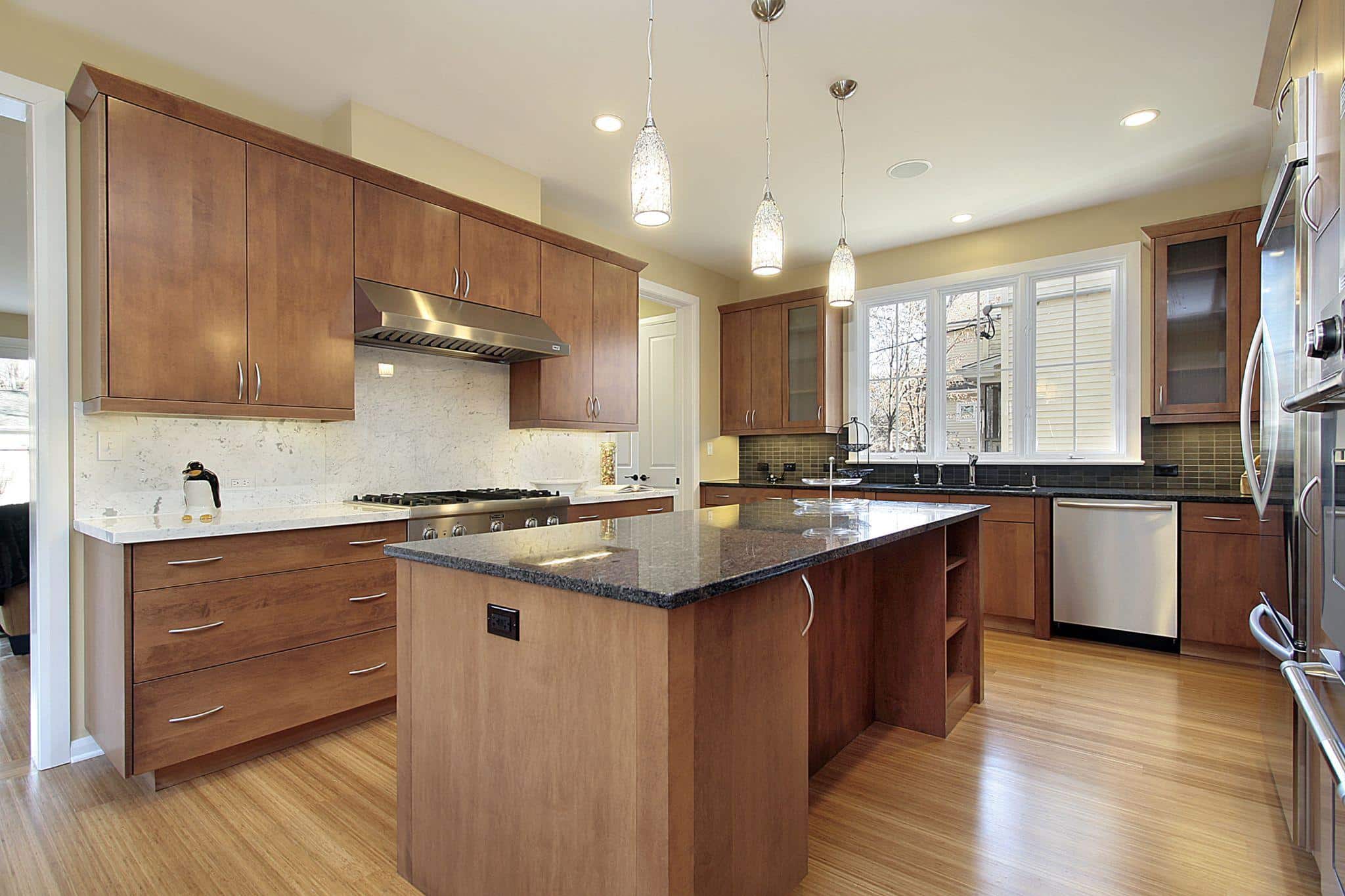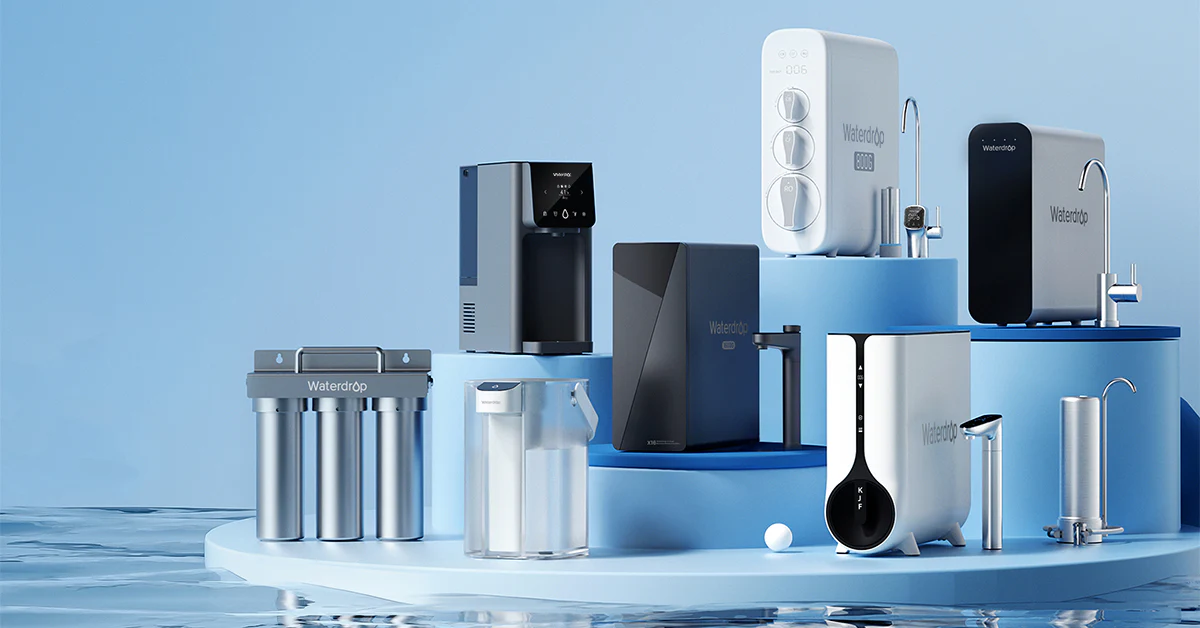7 Simple Lighting Upgrades to Brighten Your Home
Have you noticed how the right light can turn an ordinary room into something special? It’s true! Good lighting does more than help us see.
It changes how a space feels, cuts down on power bills, makes your home look its best, and can even add to your property’s value.
Think about those rooms where you feel most at ease. Chances are, they have thoughtful lighting that suits what you do there.
This guide is here to help you make lighting choices that work for you—ones that fit your needs, your budget, and your style.
Ready to brighten things up? Here are some simple ways to improve your lighting and create spaces you’ll love spending time in.
Why Lighting Upgrades Matter
Energy savings is one of the main reasons to update your lighting. Modern options use much less electricity than older types, which means lower utility bills month after month.
Visual improvement happens naturally with better lighting. The right fixtures and bulbs can make colors look more true, highlight key features in a room, and create a more comfortable feeling overall.
Proper lighting improves safety and function. Good lighting reduces eye strain, prevents accidents by ensuring you can see what you’re doing, and helps you perform tasks more easily.
Home value increase is a bonus of updated lighting. Buyers notice lighting right away when looking at properties, and updated systems can make your home more attractive to potential buyers.
Types of Lighting Upgrades
Lighting technology has improved greatly in recent years, offering many options for home and business owners. You can now find solutions that use less power while providing better-quality light than older systems.
From simple bulb swaps to complete system overhauls, the right lighting changes can make rooms more useful, comfortable, and cost-effective for years to come.
1. LED Replacements
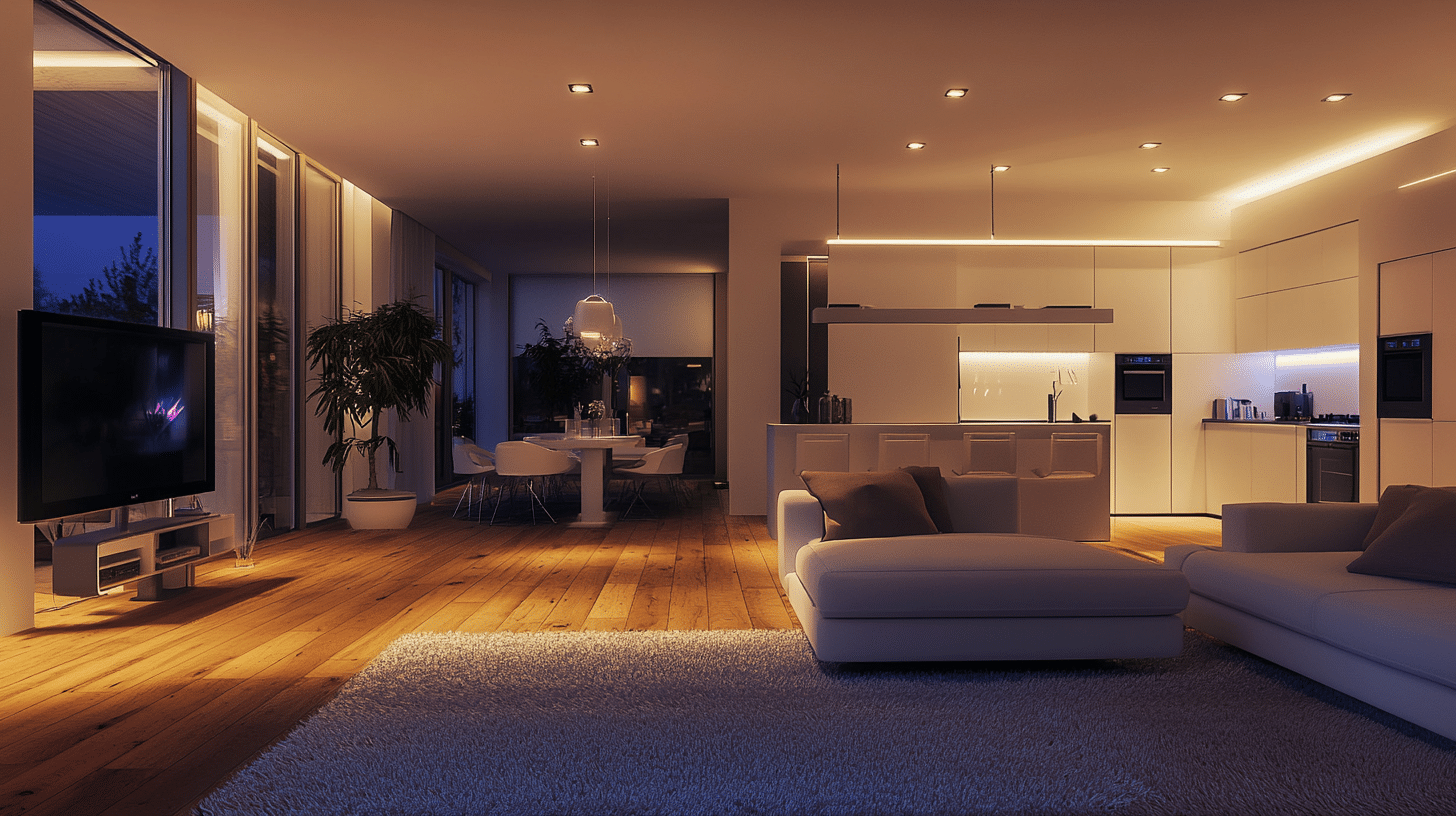
LED replacements offer the simplest way to update your lighting. Simply changing old incandescent or fluorescent bulbs to LEDs can cut energy use by up to 75% while extending their lifespan.
Most LED bulbs work with your existing fixtures, making this a budget-friendly option that requires no special tools or skills. They also run cooler than older bulbs, reducing fire risks and keeping rooms more comfortable during hot weather.
2. Smart Lighting Systems
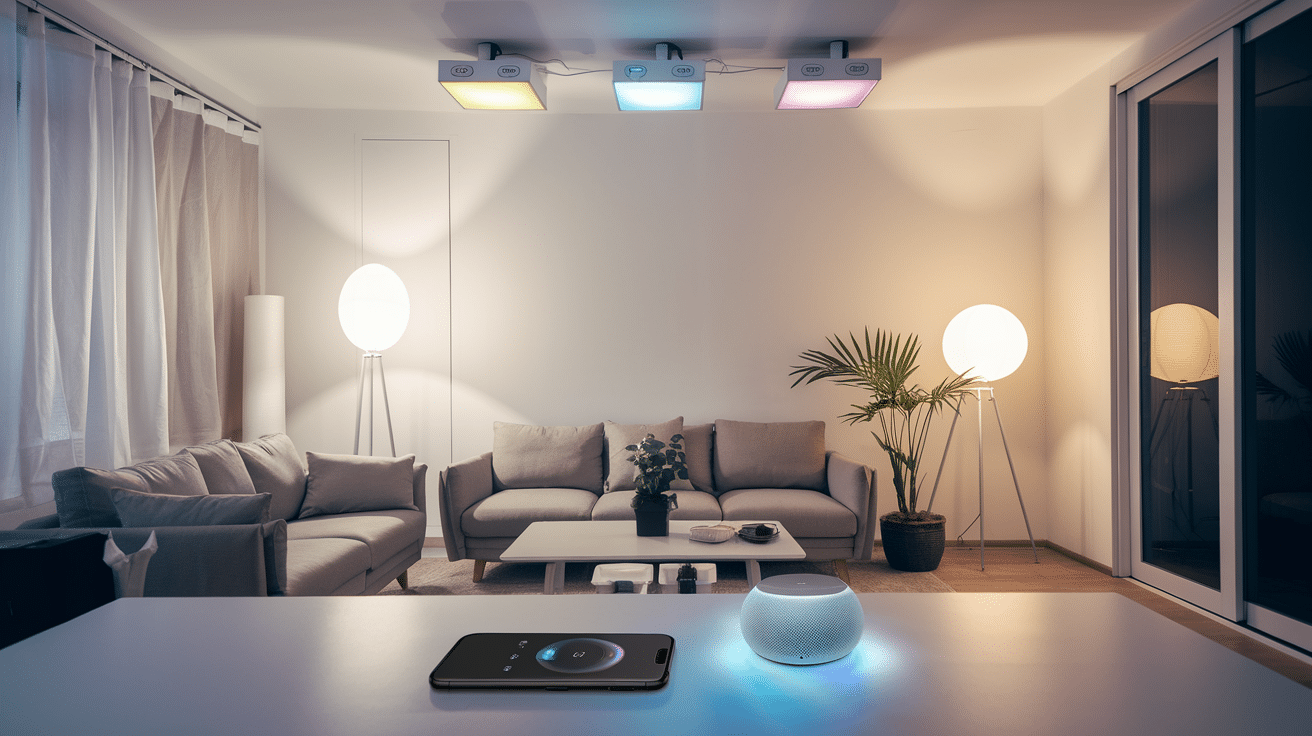
Smart lighting systems let you control your lights from your phone or with voice commands.
You can set schedules, dim lights, or even change colors in some cases. These systems make it easy to adjust lighting based on the time of day or activities.
They also help cut energy costs by turning off unused lights automatically. Many smart systems can link with other home devices like thermostats or security cameras for better home management.
Installation is often simple, with many options working with your existing wiring and fixtures.
3. Layered Lighting
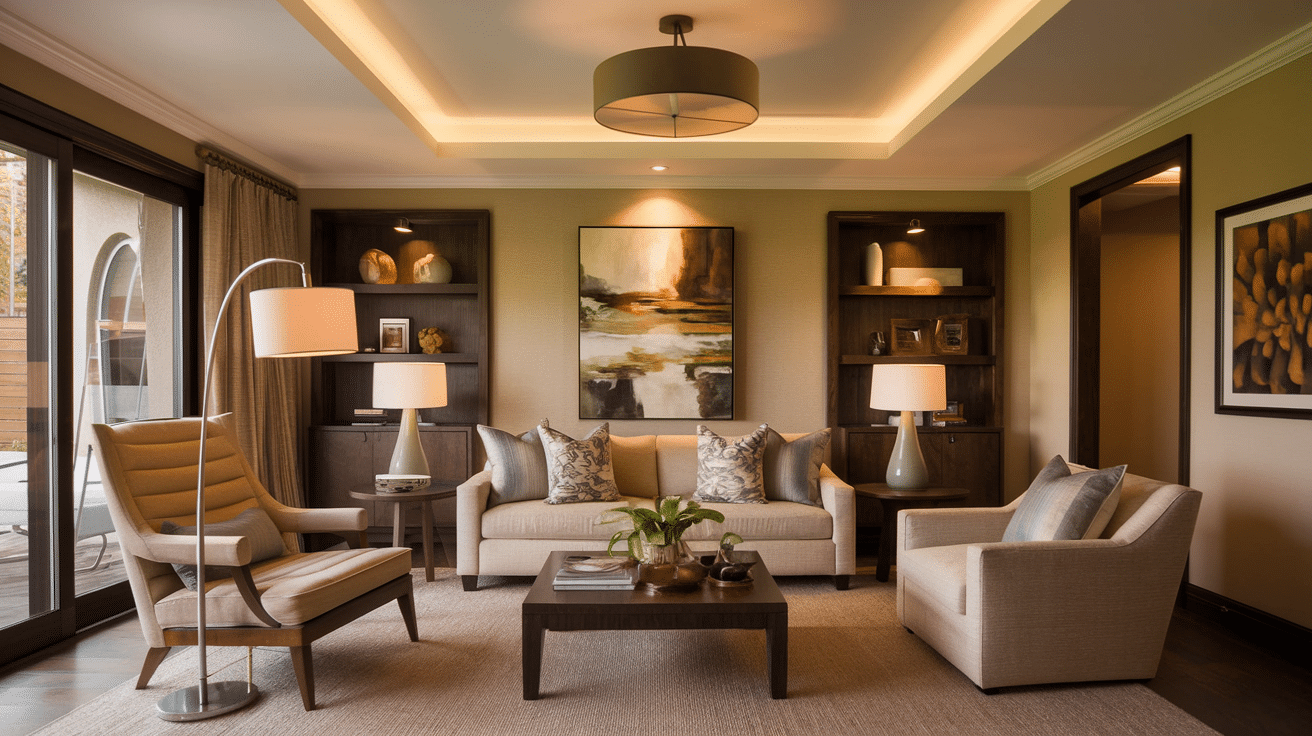
Uses three types of light sources:
- Ambient lighting: provides general illumination for the whole room
- Task lighting: focuses on areas where you need to see clearly, like kitchen counters or reading spots
- Accent lighting: highlights artwork, plants, or architectural features
4. Color Temperature Optimization
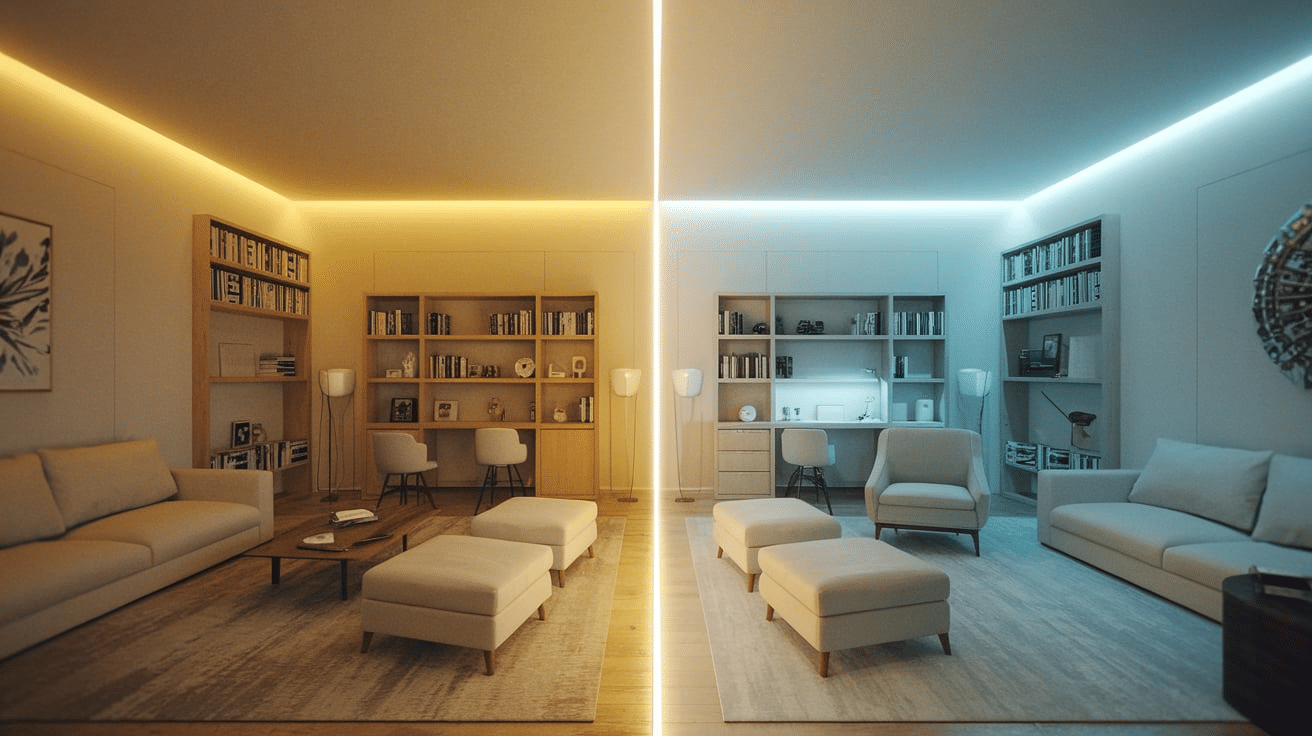
Adjusting the warmth or coolness of your lights affects how a space feels. Warm light (2700-3000K) creates relaxed, cozy atmospheres, while cooler light (4000-5000K) improves focus and visibility for detailed tasks.
Matching these settings to room function improves comfort and usefulness. Most homes benefit from warmer lights in living rooms and bedrooms, with cooler tones in kitchens and home offices.
This simple change can make each space feel right for its main use. Many modern bulbs now let you adjust the color temperature with a switch or app.
5. Motion Sensor Integration
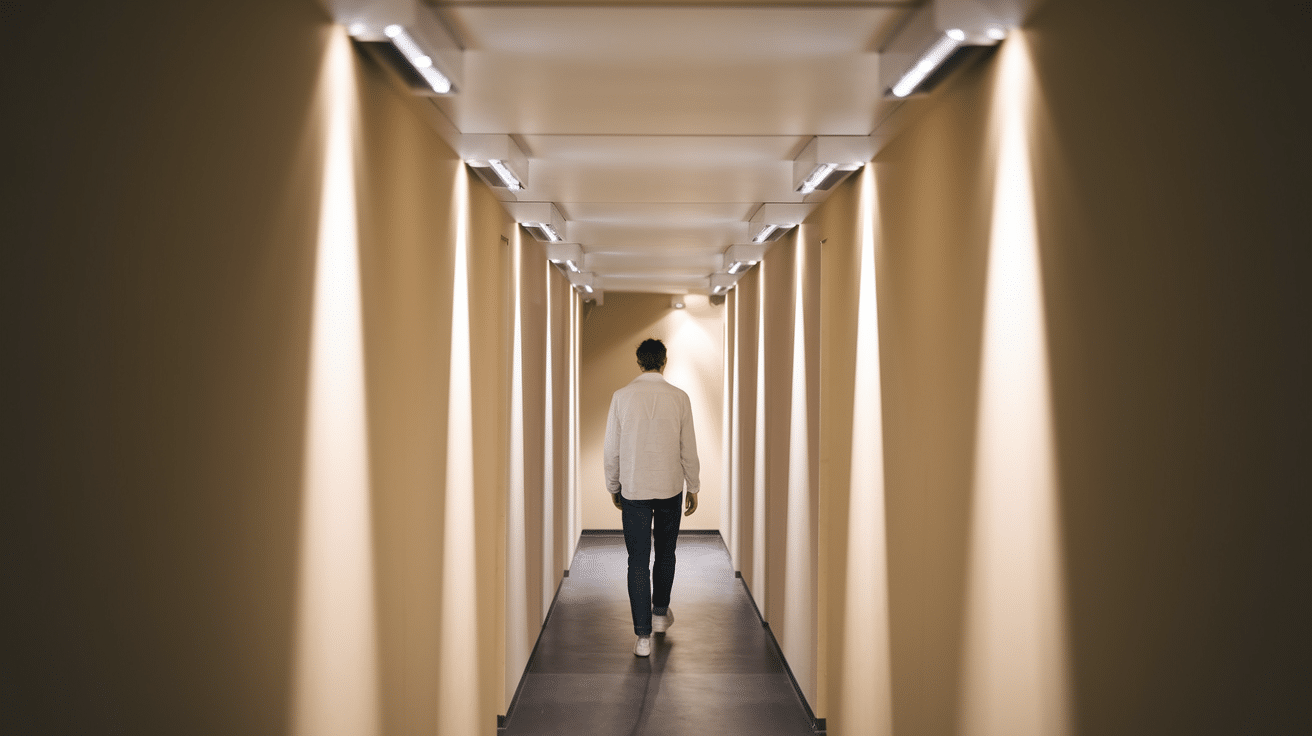
Adding motion sensors to lights in hallways, bathrooms, and outdoor areas saves energy and adds convenience.
Lights turn on when someone enters the space and shut off after a set time with no movement. This is especially useful for areas used irregularly or for people carrying items who can’t easily reach switches.
These systems work well for security lighting around home exteriors too. The automatic function means you’ll never forget to turn off lights in rarely used spaces.
Installation is often simple and can be done without major wiring changes in many cases.
6. Recessed Lighting Installation
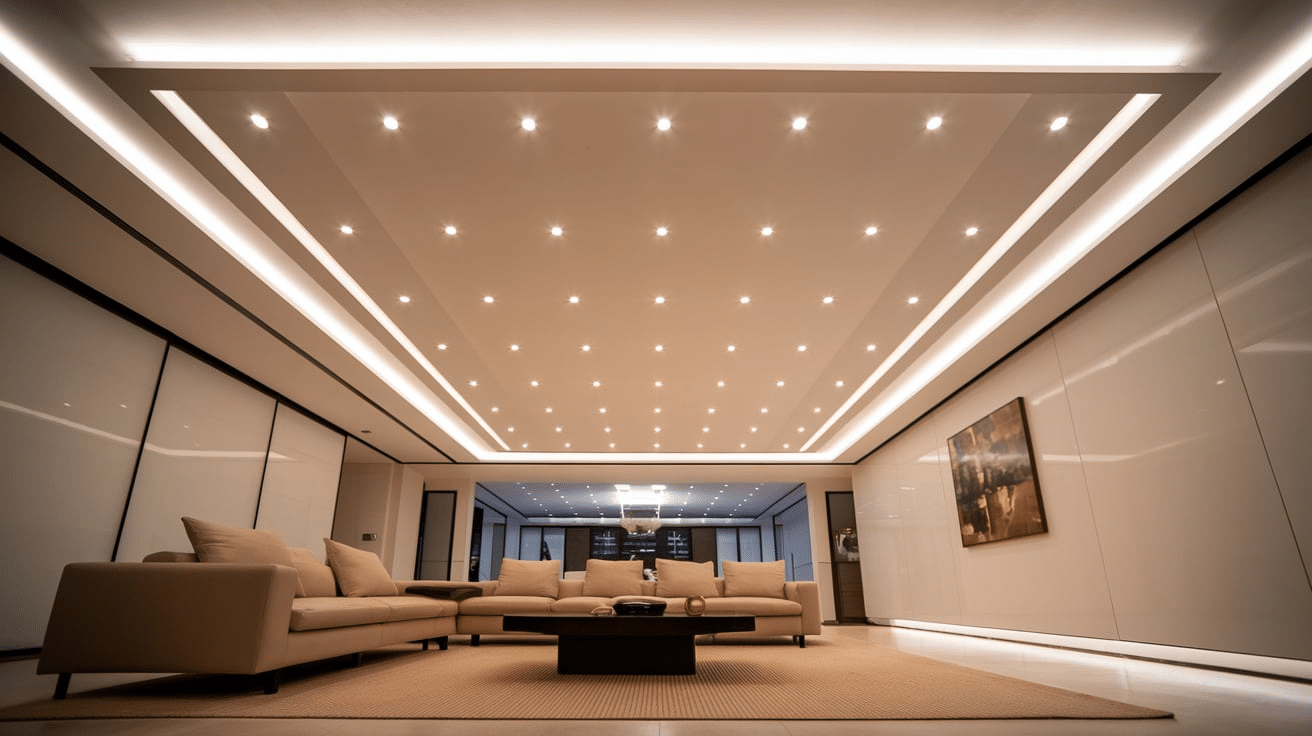
These fixtures sit flush with the ceiling, creating a clean look while providing good light coverage. They work well in rooms with low ceilings, can be aimed at specific areas, and avoid the visual clutter of hanging fixtures.
Modern LED recessed lights use much less energy than older versions. The focused beams can highlight wall art or important work areas when placed correctly.
Many homeowners find that fewer recessed lights are needed compared to traditional fixtures. When installed with proper insulation, they won’t cause heat loss through your ceiling.
7. Natural Light Enhancement
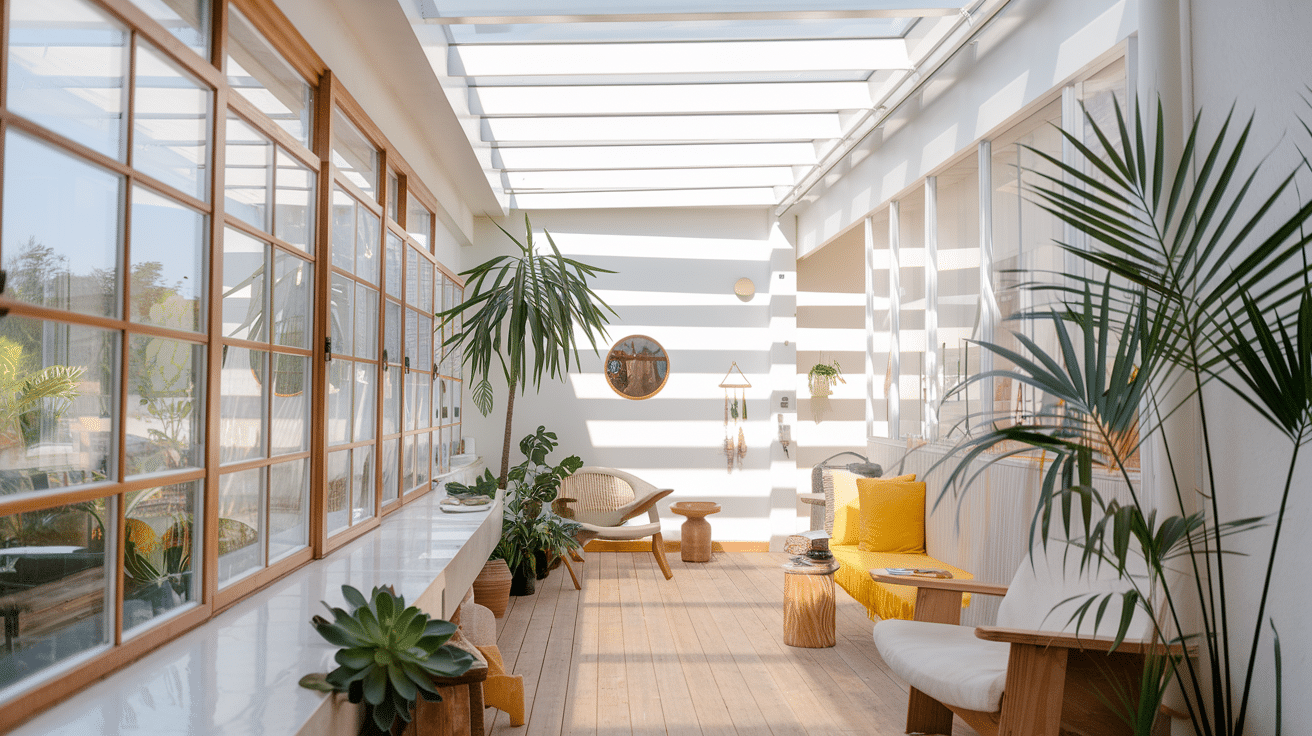
This approach focuses on maximizing daylight through added windows, skylights, solar tubes, or light shelves.
Combining natural light with artificial lighting controls that adjust based on sunlight levels creates spaces that feel more open and reduces electricity use during daylight hours. Sunlight exposure also has health benefits, helping with mood and sleep cycles.
Light tubes can bring sunshine to interior rooms without windows. Even small changes like trimming outdoor plants that block windows can improve natural light flow.
Residential vs Commercial Lighting Needs
Home and business lighting serve different functions based on specific needs.
Homes typically focus on comfort and mood with varied lighting patterns that change throughout the day and across activities.
Commercial settings require consistent, bright illumination that supports worker focus, meets safety standards, and minimizes maintenance costs through long-lasting, reliable fixtures.
| Factor | Residential Lighting | Commercial Lighting |
|---|---|---|
| Primary Purpose | Comfort and visual appeal | Productivity and functionality |
| Usage Patterns | Varied throughout the day, often intermittent | Extended hours, consistent usage |
| Light Quality | Warm tones preferred (2700-3000K) | Brighter, cooler tones (3500-5000K) |
| Energy Priorities | Smart controls for occupied rooms | High-efficiency fixtures for long runtimes |
| Design Focus | Matches home decor and personal style | Functional, uniform, and low-maintenance |
| Maintenance Concerns | Appearance and ambiance | Longevity, ease of replacement, and downtime |
| Installation Complexity | Often simpler, fewer fixtures | More complex, larger systems |
| Control Systems | Individual switches, dimmers, smart home | Centralized systems, programmed schedules |
| Cost Considerations | Initial purchase price and style | Lifetime cost, energy usage, replacement cycles |
| Regulatory Requirements | Minimal code compliance | Strict compliance with building and safety codes |
DIY vs. Hiring a Professional
Changing simple light fixtures yourself can save money and is often easy to learn with basic tools.
For complex work involving new wiring or high ceilings, professionals bring safety knowledge and proper equipment that prevents accidents.
Costs vary widely, with DIY options starting at just parts pricing, while professional installation typically ranges from $75-$250 per fixture, depending on job complexity.
When to Do It Yourself
Both approaches have pros and cons. DIY saves money and gives you control, but professional work offers expertise and safety, especially for complex jobs.
Many lighting projects can be handled without professional help. You can change bulbs and simple fixtures on your own with basic tools and safety knowledge.
Basic dimmer switches are also manageable for most homeowners with some electrical experience. Many smart lighting options now come as plug-in systems that require no wiring, making them perfect for beginners.
When to Call a Professional
Safety should be your top concern when deciding if you need an electrician. Any project that involves adding new wiring or circuits calls for professional skills and knowledge.
Complex systems with multiple controls or special features are best left to experts who understand the technology and installation requirements.
Older homes with outdated electrical systems need special care to prevent fire hazards and ensure code compliance.
Remember that many electrical projects legally require permits and inspections. A professional will know what’s needed and handle these requirements properly.
How to Choose the Right Fixtures
When selecting lighting fixtures for your home, several factors can help you make choices that work well and look good. Here’s what to keep in mind:
1. Size and Placement
The size of your fixtures should be in proportion to your room dimensions. A too-small chandelier in a large dining room will look out of place, while an oversized pendant might overpower a small space.
For proper height placement:
- Dining room lights work best when hung 30-36 inches above the table surface
- Kitchen island fixtures should be positioned 30-40 inches above the counter
- Bathroom vanity lights are typically mounted at eye level to reduce shadows
2. Matching Your Home Style
Your lighting should feel like a natural part of your overall home design. Look at the existing elements in your space:
- What metal finishes do you already have? (brushed nickel, brass, bronze, black, etc.)
- What’s your main style direction? (modern, farmhouse, traditional, industrial)
- What colors and textures appear in your furnishings?
Using these as guidelines helps create a cohesive look throughout your home.
3. Budgeting and Cost Breakdown
Planning for lighting improvements requires understanding what you’ll spend both now and over time. The options range from basic to premium, with various features and materials affecting the final cost.
The true value comes from reduced energy bills. Good lighting can cut your electricity costs significantly compared to older options, paying back your investment within a few years.
4. Price Range Options
When planning a lighting update, costs can vary based on what you choose. The most basic LED bulbs start at just $2 to $10 per bulb.
If you need new fixtures, simple options begin around $50 and go up to $200 for standard choices.
For those interested in technology integration, smart lighting starting packages typically cost between $100 and $300.
If you want high-quality, attention-grabbing fixtures, expect to spend $300 to $1000 or more, depending on size and materials.
5. Energy Cost Benefits
The financial benefits of modern lighting extend far beyond the initial purchase. Though good-quality lighting may cost more at first, the long-term financial picture is positive.
Today’s LED options consume only about one-quarter of the electricity used by traditional bulbs. Additionally, these efficient options can function for 15 to 25 years without replacement.
Over their lifetime, this adds up to hundreds or even thousands of dollars in reduced electricity bills and fewer replacement purchases.
6. Available Financial Assistance
You can lower your costs even more through various programs. Electric companies frequently provide price reductions on energy-saving lighting products.
In addition, some city and county governments offer tax benefits for reducing power consumption in your home or business.
To find what’s available in your area, contact your local utility provider and building department to ask about current programs that might apply to your lighting project.
Mistakes to Avoid When Upgrading Lighting
Poor Dimmer Planning:Many homeowners skip adding dimmers during lighting updates. This oversight limits your ability to change brightness as needed.
Dimmers allow you to set the right light level for morning coffee, afternoon work, or evening relaxation. They help reduce power use and extend bulb life by running lights at a lower intensity when full brightness isn’t needed.
Inconsistent Light Colors:One common error is mixing different color temperatures in the same area. When warm, yellow-tinted bulbs sit next to cool, bluish-white ones, the contrast can be unpleasant and strain your eyes.
For a clean, professional look, select bulbs with matching color ratings throughout a single room. Warm lights (2700-3000K) work well in living areas and bedrooms, while cooler tones (3500-4000K) fit best in kitchens and workspaces.
Overlooking Efficiency Ratings:Choosing lighting based only on purchase price often costs more in the long run. Energy-efficient options might cost slightly more upfront but save money through years of lower electric bills.
Modern LED lights use up to 75% less electricity than traditional bulbs and last many times longer, reducing both energy costs and replacement frequency. The financial benefits add up quickly, especially in fixtures used daily for several hours.
Conclusion
Updated lighting truly stands out as a smart investment for homes and businesses. This goes beyond saving money on your electric bills; your rooms work better for what you need.
With better lighting, you’ll notice how spaces feel more comfortable, tasks become easier, and rooms look nicer.
The best part is that you don’t need to spend a lot to see results. Changing a few key light bulbs can make a real difference in how your space feels.
You can start small with one area or go room by room as your budget allows. The changes in your daily life will be noticeable right away, from easier reading and cooking to creating a more relaxing living room.
Good lighting makes everyday moments better in ways you’ll appreciate.
For more home improvement tips and ideas, check out other blogs on our website.

